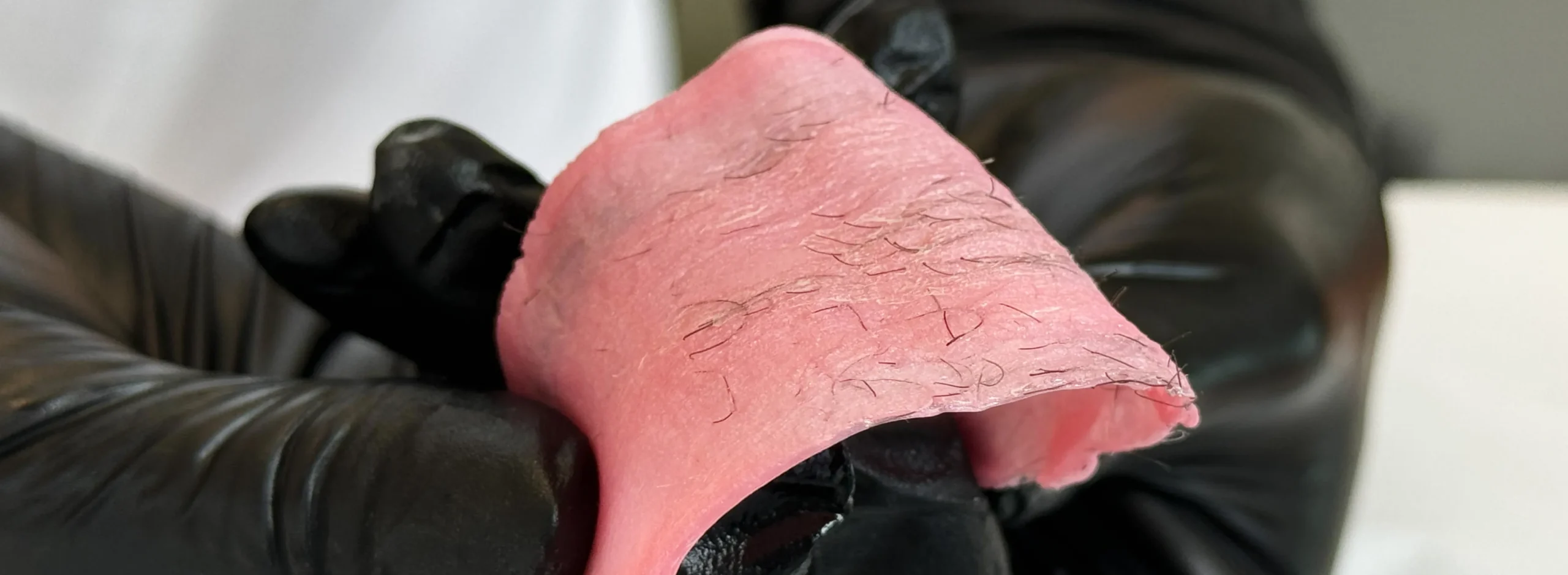FREE SHIPPING on orders over $400!
FREE SHIPPING on orders over $400!
FREE SHIPPING on orders over $400!
FREE SHIPPING on orders over $400!

One of the most common questions clients ask estheticians is: “Does waxing reduce hair growth?” Whether your clients are tired of shaving or curious about long-term hair removal, waxing offers a popular alternative. But does waxing really reduce hair growth over time, or is it just another myth in the world of beauty? This article explores how waxing affects the hair and skin, uncovers the truth about regrowth, and offers guidance on making waxing sessions more effective.
To understand whether waxing can reduce hair growth, it’s essential to know how hair growth works. Human hair grows in three main stages:
With shaving, you only remove the visible part of the hair on the surface, not affecting the follicle. However, waxing pulls the hair out from the root, which can impact the next growth cycle.
The waxing process involves applying a sticky product (soft or hard wax) to the skin, allowing it to adhere to the hair, and then pulling it off in one swift motion. This removes the hair from the root, weakening the follicle over time.
This removal method causes minor trauma to the follicle, and with repeated treatments, the body may respond by producing thinner, softer fuzz or even fewer hairs. That’s why people notice less regrowth after consistent appointments. So yes, in the long run, waxing can reduce hair growth, especially with professional technique and proper aftercare.
Now, let’s tackle the main question: does waxing reduce hair growth? When done regularly, yes — it can. Here’s how:
Hair grows back finer: Constant waxing weakens the hair follicle, resulting in softer regrowth.
Slower regrowth: Since hair is removed at the root, it takes longer to reach the surface again.
Fewer ingrowns: With the right care and exfoliation, waxing may reduce ingrown hairs over time.
This doesn’t mean hair disappears completely. But those who wax consistently notice sparser and lighter growth, particularly on the legs, underarms, and bikini area.

Let’s compare waxing with other common hair removal methods:
Compared to these, waxing offers a balance of affordability, longer-lasting results, and gradual reduction in hair growth.
To maximize results and truly see if waxing can reduce hair growth, recommend your clients to follow these expert tips:
The more consistent their routine is, the more likely they’ll notice thinner and patchier regrowth over time.
There are several myths surrounding waxing and hair removal. Let’s clear up a few:
“Hair grows back thicker after waxing“: False. It grows back finer because the root is affected.
“You’ll be hair-free forever after waxing“: Not quite. While waxing may reduce growth, it’s not a permanent removal method.
“You can’t wax sensitive skin“: With the right care, even sensitive areas like the bikini or leg can be waxed.
Understanding these facts can help manage expectations and highlight the true benefits of waxing.
Aside from waxing technique and frequency, several factors can influence how much hair growth is reduced. Genetics play a significant role — some individuals naturally have coarser body hair, while others are predisposed to slower regrowth. Hormonal changes due to age, pregnancy, or medical conditions can also impact follicle activity and affect how the skin responds to waxing.
Diet and overall body care can also have an effect. Staying hydrated, using skin-nourishing products, and maintaining a healthy lifestyle all contribute to the effectiveness of the waxing routine. Regular exfoliation using gentle scrubs or spa-grade exfoliants enhances the results by keeping the skin surface clear and allowing the wax to adhere better.
If your clients are truly committed to long-term hair reduction, it’s important to view waxing as part of a complete maintenance plan. That includes:
These practices build the foundation for a smoother experience and more noticeable results over time. Remember, waxing is a process, not a one-time solution.
So, can waxing reduce hair growth? The answer is yes — with consistency and the right technique, waxing can lead to finer, slower, and less dense hair regrowth. When your clients stick to their waxing appointments, follow aftercare advice, and treat the skin properly, they’re likely to see noticeable changes in their hair growth patterns.
Whether one is comparing options like shaving or just looking for a more effective method, waxing offers both immediate smoothness and long-term benefits. So next time someone asks, “does waxing really reduce hair growth?”, you’ll know exactly what to say — and why waxing might just be the right form of treatment for them.
In summary, if your clients are considering changing their hair removal strategy, they shouldn’t overlook the benefit of cumulative results. Tell them to start with one appointment, follow expert tips for care, and assess the progress over a few months. Over time, they’ll likely discover that waxing not only keeps the skin smoother longer but also helps them enjoy reduced hair growth without the hassle of daily shaves.


